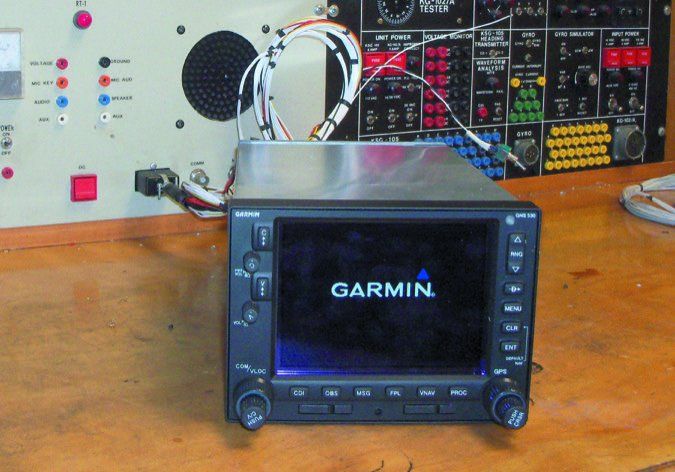We’ve been around enough avionics installations to know that most every project can snowball once the aircraft hits the hangar floor. That’s especially true as more owners finally commit to ADS-B installations. If the aircraft hasn’t seen an avionics installation in ages, low-budget buyers might noodle the idea of buying used GPS navigators. But what may seem like a smoking-good deal on used equipment websites could be a setup for a serious case of buyer’s remorse.
In this article we’ll take a fresh look at the used IFR GPS navigator market, how you might choose the right one and ones to steer clear of at any cost.
Why WAAS?
VFR pilots might know little about WAAS GPS capability, except that it’s a mysterious requirement in an ADS-B installation. When shopping the used market, it’s often difficult to differentiate WAAS units from plain-vanilla ones, even though both can be approved for flying GPS approaches.
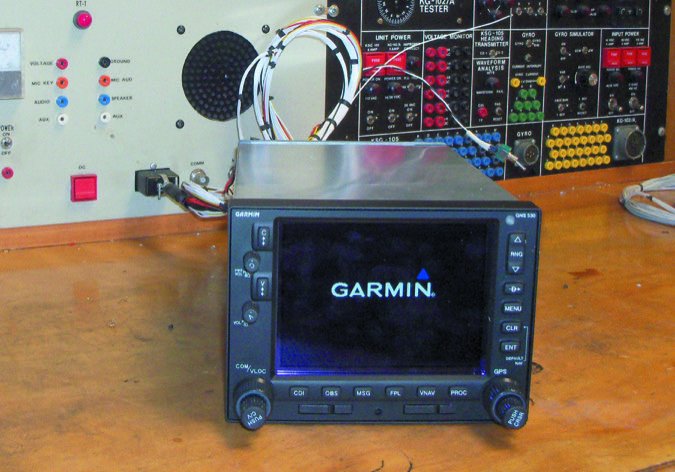
If your intention is to equip the aircraft for IFR, FAR 91.205 is a good place to start to understand what it needs to be bare-bones legal. IFR GPS isn’t a requirement, but we think most IFR missions will be seriously lacking without one. If your plans include instrument training, a WAAS navigator will be your ticket to the modern world of flying precision GPS approaches. One without WAAS, but that’s eligible for IFR certification, will allow you to legally file and fly IFR flight plans using the GPS navigator as your primary source of navigation. What you won’t be able to do is fly a GPS glideslope.
We won’t go deep into procedures here, but in the approach environment non-WAAS navigators are the equivalent to flying a localizer-only approach (an LDA is one). There’s lateral guidance, but no vertical guidance, which means you fly the published step-down procedures without glideslope cues from the navigator.
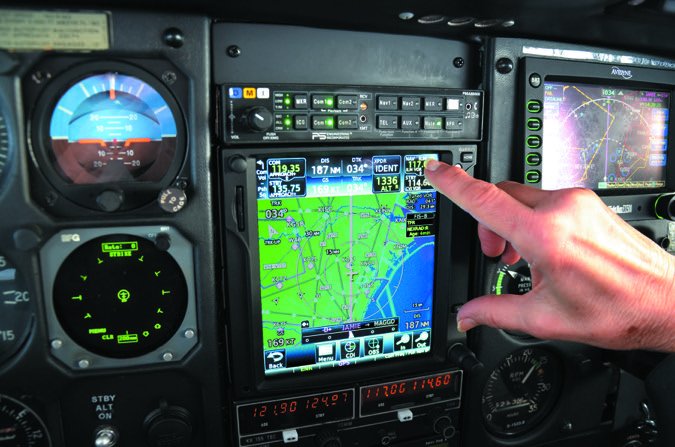
The benefit of all-in-one navigators is they update three systems in one box—comm, nav and GPS. But this also means you could be paying for sizable amounts of antenna work. If the aircraft only has one radio, you’ll need a second comm antenna (that’s if you want to keep the existing radio as a backup), and rework the navigation antenna system with splitters to accommodate a second nav radio with glideslope.
And, simple panels might not even have an audio switching panel that you’ll now need to install to support dual radios. See what we mean by snowballing installations? Now the budget is really getting tight. Let’s take a look at the used market for specific models.
Garmin Hunting
Searching the used market for the right Garmin navigator will take some knowledge. To start, you need to recognize not all have WAAS—especially earlier models, which hit the market somewhere around 1998. Which used GPS navigators don’t have WAAS? Anything older than a Garmin GNS530W/430W. And that W suffix in the nomenclature is your important guide when searching the used market. Beware of misrepresented units; a straight GNS530 or GNS430 isn’t a WAAS model. You’ll also find the GNS400/500 series. These don’t have integrated VHF radios. The GNS420/520 have a built-in comm, but no nav receiver.
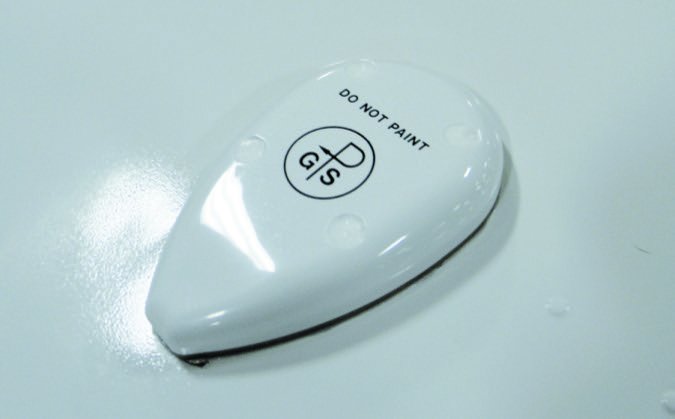
Upgrading any of these units to WAAS is possible. It’s a factory modification that has a current flat-rate price of $4395, which includes a new navigation datacard and a new WAAS antenna. It also includes any repairs that are required to bring the unit to TSO specs. Non-WAAS antennas and datacards won’t work with an upgraded unit. While the wiring is the same across the board, WAAS installations require low-loss twin-shielded coaxial antenna cable to help preserve signal integrity.
All vintages of the GNS430 and larger (5-inch screen) GNS530 have proven reliability, although there are some usual wear-and-tear issues and some potential failures to look out for. These include display problems, navigation receiver board problems and even cosmetic imperfections like faded display lenses and worn bezel button nomenclature. Beware of older 28-volt GNS430s. We’ve heard of board failures in some that couldn’t be repaired, and all will require a voltage converter for use in a 14-volt electrical system. This will add to the cost and complexity of the installation and introduce a component that could be a source of failure down the road.
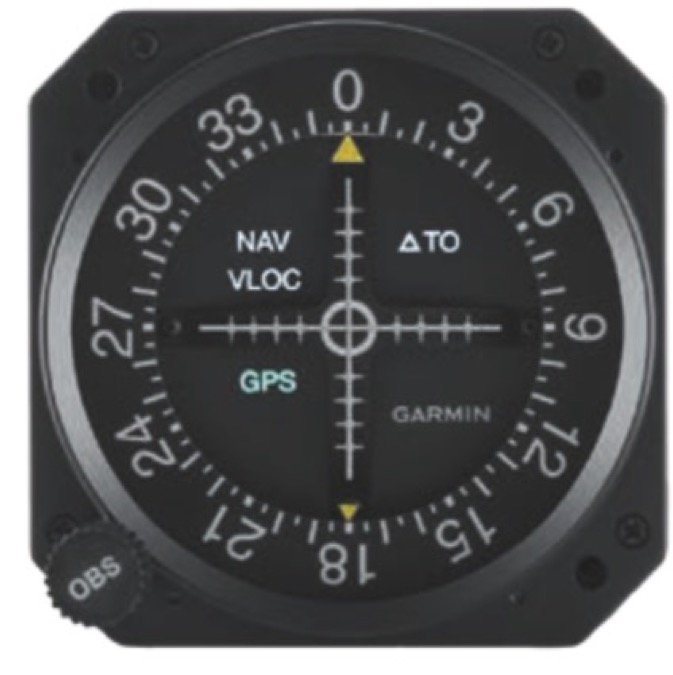
The discontinued Garmin GNS480 and Garmin-AT CNX80 are WAAS units, are generally desirable and can be used as a mandate-compliant GPS position source in an ADS-B Out installation. But, they were produced in far fewer numbers than the GNS series, which makes them tougher and fairly expensive to source. We couldn’t find many for sale during our research. The couple we did locate had asking prices in the $7000 range, and factory flat-rate repair pricing—even if nothing needs repairing—is $1100.
Your used navigator shopping experience could be easier at established avionics shops and retailers, instead of eBay and online classifieds like Barnstormers, although there are plenty of legit sellers on these sites, and some scammers, too. The purchase should be easier if the seller is a Garmin dealer, since they can easily source any missing installation accessories if they’re still available.
Avidyne Primes The Pump
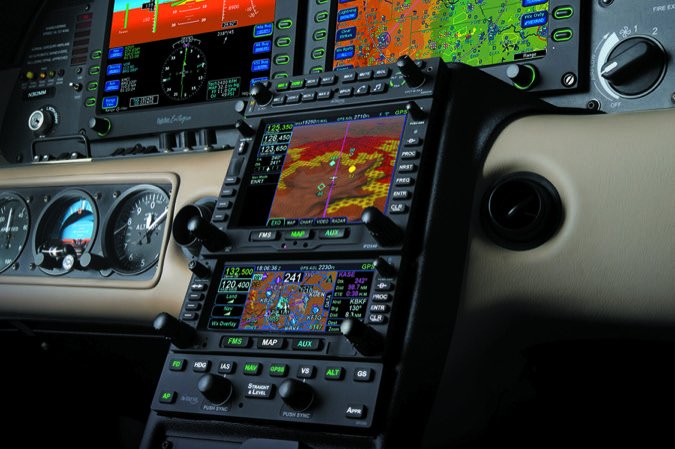
One reason we’re seeing a healthy supply of used Garmin GNS430 and 530 navigators on the used market is the growing popularity of Avidyne’s IFD-series navigators. These were strategically designed as slide-in replacements for the GNS series, sidestepping a complicated teardown installation. Avidyne has been aggressive with its marketing strategy. As we go to press, it has a generous trade-in program for removed Garmin navigators when buying a new IFD550/540/440 navigator. Trade allowances (handled through the Avidyne dealer) hint at the impressive resale value of a Garmin GNS.
For example, for credit against the purchase of the flagship IFD550 (which has a list price of $21,999), a removed GNS530W is worth $8500, and $7500 against an IFD540 (priced at $15,999). As the pricing chart on page 20 shows, the GNS530W might sell for $9000 on the used market. Legacy (non-WAAS) GNS530s trade values from Avidyne are worth $4500 and $3500.
For trade against the smaller Avidyne IFD440 (priced at $11,999), Avidyne is offering $5000 for a GNS430W and $2000 for a non-WAAS GNS430. Avidyne is offering as much as $4250 for a GNS480 against an IFD550 and as little as $2250 against an IFD440.
Worth mentioning is that slide-and-fly Avidyne navigators don’t come with antennas, since they’ll use the existing ones on the aircraft. This could mean an extra $400, on average, for you or the installing shop to source one. And even if the used navigator does come with an antenna, it might be weathered and faded—probably not what you would want to bolt on to a new paint job. Given the complexity of some antenna installations, especially on pressurized airframes, we suggest springing for a new one.
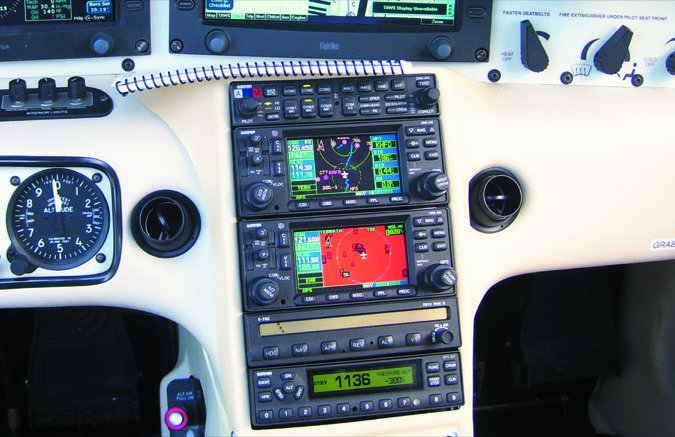
There’s also the install kits, to include mounting tray, backplate and main connectors. Again, they’ll be used in an IFD slide-in install. The bad news is that Garmin doesn’t supply the kits for the GNS units any longer. The good news is that Avidyne earned PMA approval so that its IFD installation kits (the ones used in a new IFD installation) can be used with the old Garmin navigators. Some shops told us even in a slide-in IFD install, they’ll remove the existing Garmin rack so it remains with the unit.
We were curious if Avidyne had stockpiles of used Garmin navigators lying around but Avidyne’s Tom Harper told us that in nearly every case, the installing Avidyne dealer keeps the unit and resells it on its own. Shops we talked with admitted having no problem reselling them. “There is definitely a second-tier market for used Garmin GNS navigators,” Tom Harper told us. Shops also admit the promotion has been quite good for driving more customers to the shop for Avidyne upgrades because Garmin doesn’t offer any trade allowance for its GTN navigators.
Vintage Navigators
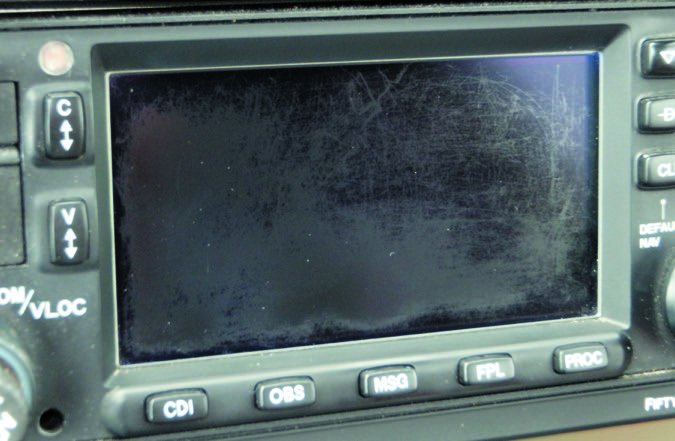
These include King KLN90 and newer BendixKing KLN89 and KLN94 units. The KLN90A was one of the first IFR navigators and is for IFR enroute use, while the KLN90B adds non-precision approach capability. We wouldn’t exactly call them boat anchors, but flat-rate factory repair pricing (or exchange) could make one uneconomical to keep in service.
If you have one that fails, replacement is still cheaper than a new install, but it’s crazy expensive. BendixKing’s Roger Dykeman told us the BendixKing factory offers quick-turn exchanges (dependent on the part number) and repairs for $3228, with a one-year warranty.
The newer KLN94 (this is the model with color display and non-precision approach capability) is repaired on a time-and-materials basis (no exchanges) because the display is obsolete. For that reason, we would avoid one for new installations.
Other units to avoid include the Apollo GX-series navigators. That’s because a display failure makes them unrepairable since the vendor is gone. Garmin’s early-generation IFR navigators are the GPS155 and comm-equipped GNC300, which are far out of production. According to Garmin, repair services are no longer available.
Frankly, given the accessories that will be required for a legal IFR installation (nav indicator and annunciator panel), we can’t see buying them anyway. They’ll never be WAAS compatible, they have stark moving map displays and they have an antiquated feature set. Reliability is good, though.
Accessories, Paperwork
Where you source the used navigator is almost as important as the one you choose. That’s because you’ll want traceability and at the least, proof that the unit works to specs. The only way to really get that guarantee is with a bench test and a sign-off that it’s airworthy, known as an FAA 8130-3.
Don’t always put a lot of faith in a unit advertised as being “yellow tagged.” This is marketing speak left over from the days when shops differentiated the status of equipment by the color of the identification tags they attached to the chassis. Yellow meant it was serviceable, green was repairable and red meant the unit was for parts salvage only.
The 8130-3 is the form the technician or repair station representative completes and signs after a part has been tested, inspected (and perhaps repaired) and found to conform with manufacturer specifications. The 8130-3 usually goes in the aircraft logbook or flight manual supplement.
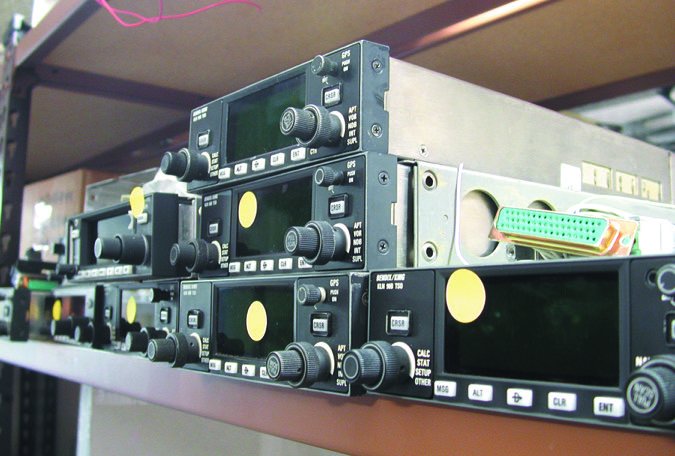
We’ve found that some shops won’t issue a signed 8130-3 on modern GPS navigators because they don’t have the capabilities to fully test the unit the way the manufacturer can. This includes verifying that the GPS receiver is within specs, among other items. Moreover, resellers know that sending the unit back to the factory for a flat-rate repair will eat up all of its profit. That’s fine, as long as they’ll guarantee that the unit is fully functional. Reputable companies will.
Wentworth Aircraft in Minnesota is one and often has a healthy inventory of used avionics. While it’s a long-established and respected salvage dealer, it isn’t an FAA repair station and can’t sign off on an 8130-3 form. Wentworth’s Kevin Helvey told us the company generally warranties its used avionics for 30 days but for an extra fee can have the equipment bench tested at a third-party shop. The going bench labor rate ranges from $110 to $150, not including parts needed for repairs.
For aircraft that haven’t had avionics work done in a while, the GPS installation is a good time to remove abandoned antennas, old wiring and install an avionics master switch and new circuit breakers.
What Will It Really Cost To Install
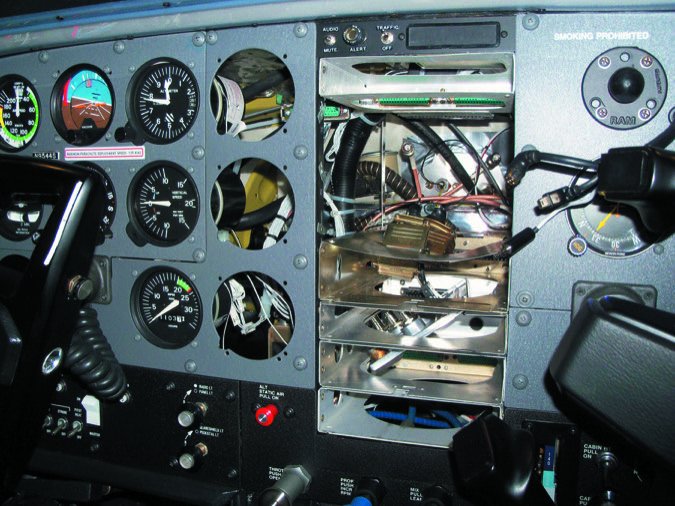
Since there are more variables when installing used equipment, the first step before even shopping the used market is to bring the airplane to an avionics shop you trust for evaluation. This might lessen the possibility of major cost overruns once the project hits the hangar floor. For one thing, that big-screen GPS you want might not fit in the radio stack without major rework. There’s also the possibility that the unit isn’t compatible with existing nav indicators. HSI systems might make the interface easier since modern ones are generally compatible with a wide variety of navigators. But that doesn’t mean you won’t have to buy more accessories to comply with the guidelines prescribed in the STC installation manual.
For example, since IFR GPS has mode annunciation (these are the navigator prompts and warning message outputs required for IFR), the installation manual might require that the GPS is installed within the pilot’s field of view so you can see them. If it’s not, many models—including the Garmin WAAS GNS navigators—require the installation of a dedicated annunciator panel. In older Beech Bonanza and Baron models with displaced radio stacks, you can pretty much count on it. This work can easily add $1000 to the job, including the hardware.
Since IFR GPS systems have to be interfaced with the Mode C altitude encoder for baro input, you might find yourself spending some money on a new altitude encoder. Some navigators like the Garmin GNS480/CNX80 require serial altitude input, a more precise altitude format that older gray code digitizers won’t have. Moreover, if the installation also includes ADS-B equipment, you might need a new encoder anyway. We covered altitude encoders in the July 2017 Aviation Consumer.
As one common scenario, consider a used Garmin GNS430W that you bought for $7000. If you don’t have a compatible nav indicator, a GI106A generally sells for roughly $1500. It’s recommended to interface the GPS with an avionics cooling fan, which might cost an additional $600. With labor, shop parts (wire, connectors) and paperwork (GPS installations require a flight manual supplement and in some cases, an FAA field approval) the total installed price could easily come in just shy of $12,000. While that’s still cheaper than a new Garmin GTN650 or Avidyne IFD440, the narrow price spread might be worth it for a two-year factory warranty and newer technology.
Select Used GPS Pricing Examples | |||
MODEL | TYPICAL PRICE | FACTORY REPAIR PRICE | COMMENTS |
Garmin | |||
GNS530 | $6000 | $1400 | Factory upgradable to WAAS |
GNS430 | $4000 | $1100 | Factory upgradable to WAAS |
GNS530W | $9000 | $1500 | Install kits no longer available |
GNS430W | $7000 | $1200 | Install kits no longer available |
GTN750 | $12,000+ | $1144 | Price a factory-new one with a warranty |
GNS480/CNX80 | $6000 | $1200 | ADS-B compatible GPS source |
Avidyne | |||
IFD440 | $10,500 | $1200 | Verify software and wireless capability |
Bendixking | |||
kln94 | $2500 | time/materials | Non-precision approaches only |
KLN90B | $1000 | $3228 | KLN90A model enroute IFR only |
Conclusion
We’re generally cautious about recommending high-priced discontinued avionics because there’s always the concern about future support. When it comes to Garmin’s GNS530W/430W navigators the future is uncertain, but Garmin has given no indication that it won’t support these units going forward. Given the impressive number of units that remain in service, we see why. Plus, Garmin gave these units a new lease on life when it included them in its Flight Stream wireless interface. When connected, there’s a tablet-based victor airway/flight planning function that improves the feature set tenfold, in our view. For aircraft sporting vintage analog navcomm radios and no IFR GPS capability, we think a WAAS GNS navigator upgrade offers as much bang for the buck now as it did when these boxes hit the market in the late 1990s.
But, you’re buying old technology and in particular, a unit with dated graphics and processing power that’s tapped out. This should be an incentive to strike the best deal you can. This means finding one that’s been serviced by Garmin fairly recently, looks clean and has current operating software. Last, always get a price quote for a new navigator for comparison.
In an upcoming article, we’ll look at ways you might train to become proficient flying with older navigators—a continuing dilemma for those new to even aging technology.

